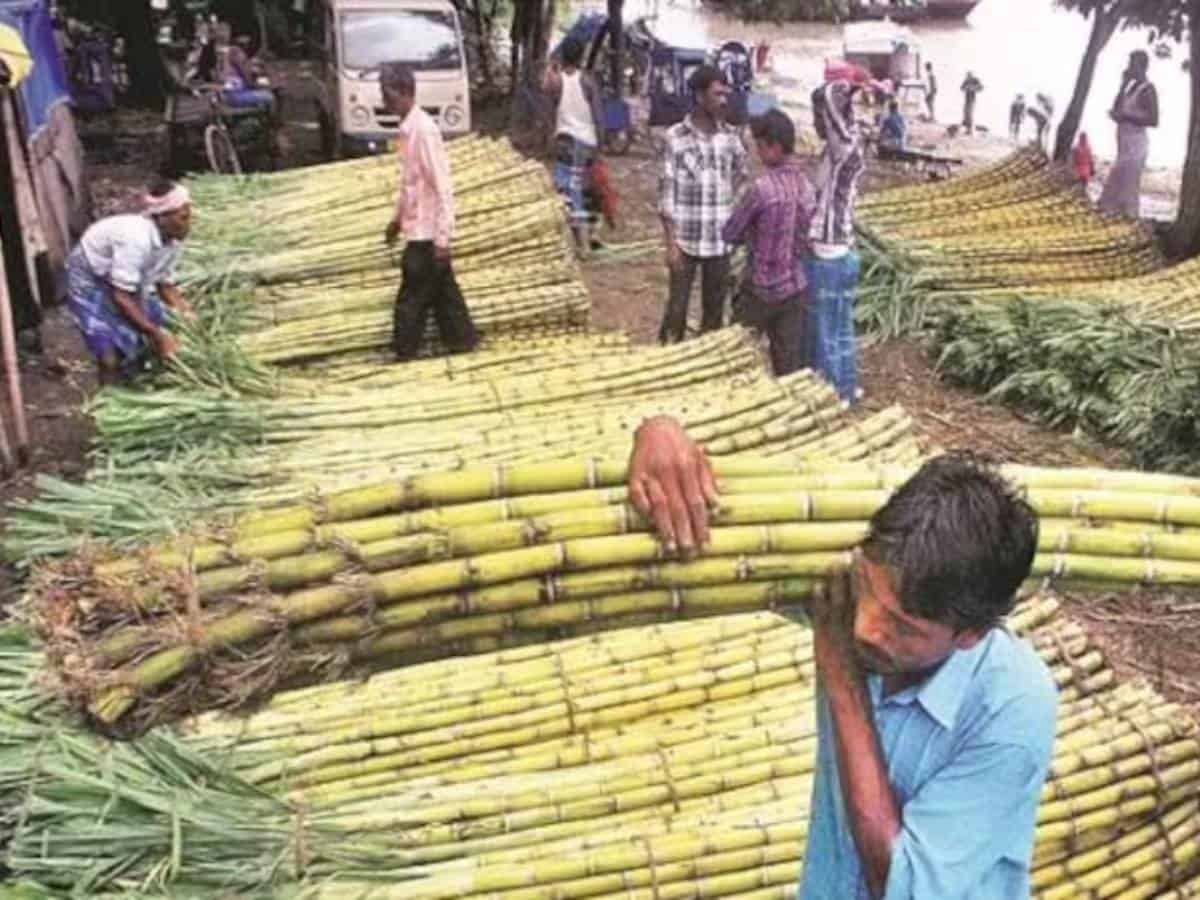
This is probably one of those few occasions when everyone wants the sugarcane harvesting labour to stay home till voting day and not foray far afield. That is because the politicians want them to vote in their villages where they are registered before they start their migration to sugarcane fields in western and northern Maharashtra and also parts of Marathwada.
They number over 15 lakh and live in the drought prone regions, especially Marathwada and some parts of western Maharashtra. Some labour migrates from the tribal regions of northwest regions of the state as well to neighbouring Gujarat’s southern districts to harvest the crop that yields sugar. These help feed the maws of both cooperative and private sugar mills.
Cash crop
Sugarcane farming accounts for about a fifth of all cash crops in Maharashtra and sugar manufacture is a major agro-industry which has made a difference to the rural economy. Besides, in turn this sector has spawned a variety of educational institutions from schools to engineering and medical colleges. Their leaders are known as sugar barons and have a huge influence on politics.
When the elections are held during a season which normally commences on Dasera, lasting about 150-odd days, these migrant labour lose the opportunity to vote. They cannot travel back just to vote because the contractor who fetches them to harvest the sugarcane does not want to disrupt their work and spend on transport. They come from over hundred and more kilometres to work.
In such instances, they are almost disenfranchised and can hardly do anything despite having their political preferences or affiliations. Bone poor, they cannot return to their villages on their own. They are brought to the sugarcane fields in trucks from their distant homes and cut the crop on fields that are tied to specific sugar factories. It is a deal between the factories and the contractors and the payments are made by him.
In talks with Govt.
Already politicians have begun to ask the state government to further push the date of starting the factories because in tight contests each vote matters. They may even try to influence the contractors who come and pick up the labour for their outward migration to delay it enough so that they can vote in the villages. The practice is hiring the couple; it is not as if the man goes to work and the wife stays back to vote.
It has been the practice of the factories in either sector, cooperative or private, to pick up the cane from the field. Their carting is the factory’s responsibility. It is a common sight to see long strings of bullock carts, tractor and trailers, and trucks ferrying the produce to the factories. Once the operations start, no one likes to interrupt the cycle. Not even elections but this time, the migrant labour may be lucky.
The government decides when the plants should commence operations though traditionally, the Dasera day is when they formally light their boilers. Most of the 250 factories follow this tradition, that day being auspicious. This year, anticipating elections in November, the Maharashtra government set the date of November 15. Adhering to the date is mandatory and has significance.
Normally, the dates are decided on the basis of the maturity of the cane on which the sugar recovery depends; these dates are not arbitrarily fixed. The maturity of the cane is an important aspect of getting the optimum yield of sugar. The factories provided the contractor the farm-wise schedule, the date of harvesting a particular field is dependent on the dates of sowing.
Factory zones
Once on the job, these migrants are scattered across what is called the factories zone where the shareholders of the cooperative sugar factories have sown the crop. The private sugar factories which cropped up towards the end of the 1990s operate similarly except that they are run under the Companies Act and have to follow how the cooperatives are run.
Last crushing season, there were as many private-sector sugar factories in operation as there were cooperatives. Though it is a one-to-one ratio, these private sugar companies also took some poorly run cooperatives on lease; that makes the private sector more dominant now though the origin of the sugar manufacturing sector was in the cooperatives in the late 1950s. Since the government favoured only Congressmen, the other politicians were left out. It was Nitin Gadkari and late Gopinath Munde who used the private sector route to enter it.

